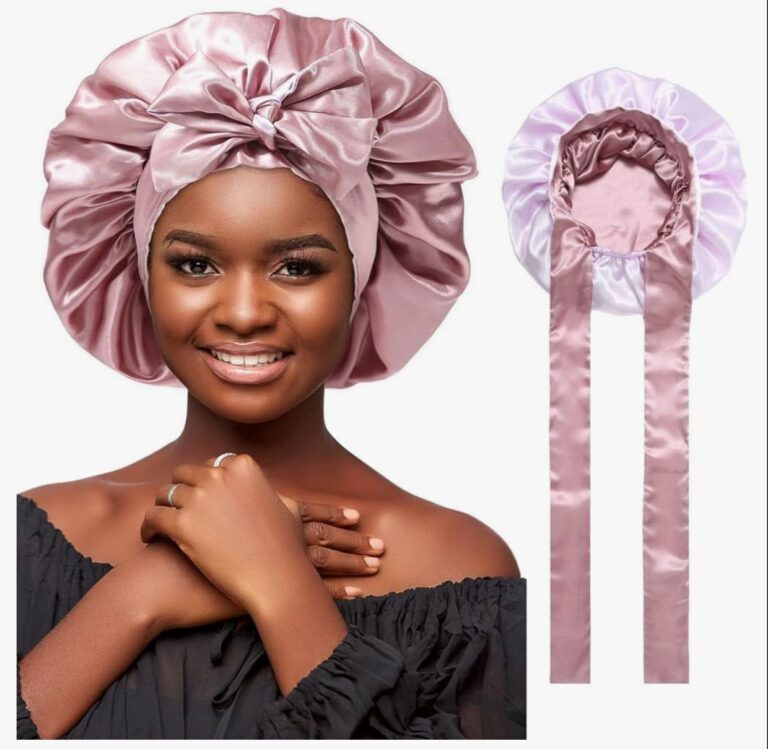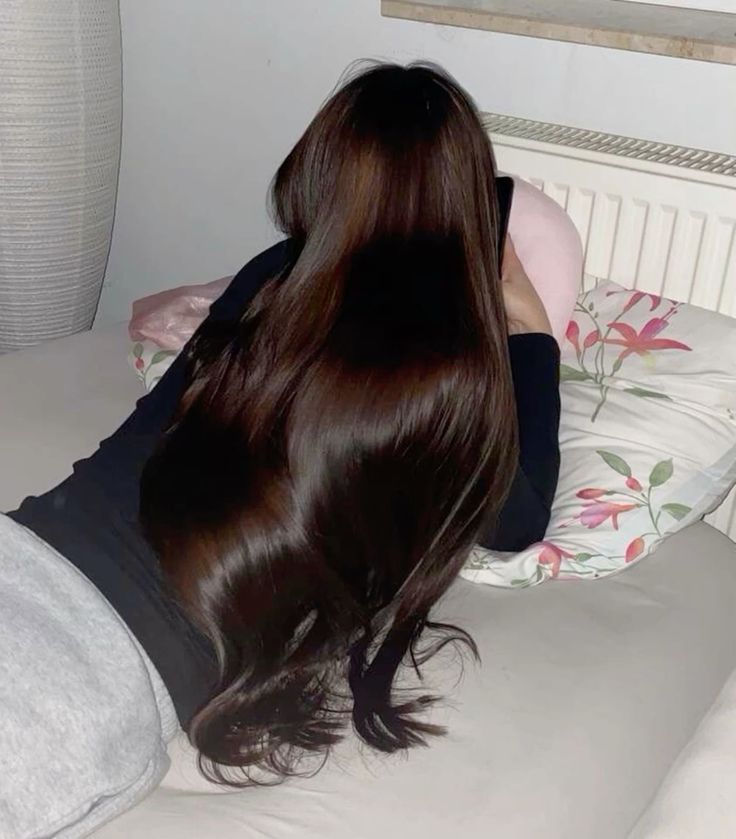Disclaimer: This content included affiliate products.
Welcome to our weekly hair oiling routine guide, where we delve into the ancient tradition of hair oiling. In this comprehensive guide, we’ll explore the benefits of hair oiling, provide you with a step-by-step hair oiling routine, and offer tips for maintaining healthy and vibrant hair. Whether you’re dealing with dryness, frizz, or simply want to boost your hair’s overall health, incorporating hair oiling into your routine can be a game-changer. Let’s dive in and discover the wonders of this time-honored practice.
Benefits of Hair Oiling:
1. Deep Moisturization:
Hair oils penetrate deep into the hair shaft, providing intense hydration to combat dryness and brittleness.
2. Stimulated Hair Growth:
Massaging oil into the scalp increases blood circulation, which stimulates hair follicles and promotes hair growth.
3. Strengthens Hair:
Oils nourish and strengthen the hair from root to tip, reducing breakage, split ends, and damage caused by environmental factors.
4. Improved Scalp Health:
Regular oiling helps maintain a healthy scalp by balancing oil production, reducing dandruff, and soothing irritation.
5. Enhanced Shine and Softness:
Oils coat the hair shaft, adding a natural shine and softness that can’t be achieved with regular conditioner alone.
Hair Oiling Routine: Step-by-Step Guide
Step 1: Brush Hair
– Start by brushing your hair to stimulate your scalp. Always brush from the ends and work your way up to avoid tangles and breakage.
Step 2: Apply Hair Oil to Scalp
– Dispense 12 to 14 drops of hair oil onto your scalp. Avoid using too much, especially if you’re new to hair oiling.


Step 3: Massage and Spread
– Use your fingertips to spread the oil evenly across your scalp. Massage gently using a scalp massager for 5 to 10 minutes to stimulate circulation.
Step 4: Apply Oil to Mids and Ends
– Apply a small amount of jojoba oil and sweet almond oil to the lengths and ends of your hair for added hydration and protection.



Step 5: Protective Hairstyle
– Put your hair into a protective hairstyle such as a loose bun or braid to prevent the oil from transferring onto clothes or surfaces.
Step 6: Use Plastic Wrap
– For best results, cover your hair with plastic wrap to trap heat and enhance absorption. This also prevents the oil from dripping.
Step 7: Leave-In Time
– Leave the oil in your hair for 1 to 3 hours to allow it to penetrate and nourish your scalp and hair follicles.
Step 8: Wash Out
– After the desired time, wash out the oil using a mild shampoo and conditioner. Rinse thoroughly to remove all traces of oil.

By following this simple yet effective hair oiling routine, you can nourish your hair from root to tip, promoting healthier, shinier locks with each application. Adjust the frequency and oil types based on your hair’s unique needs and preferences.




